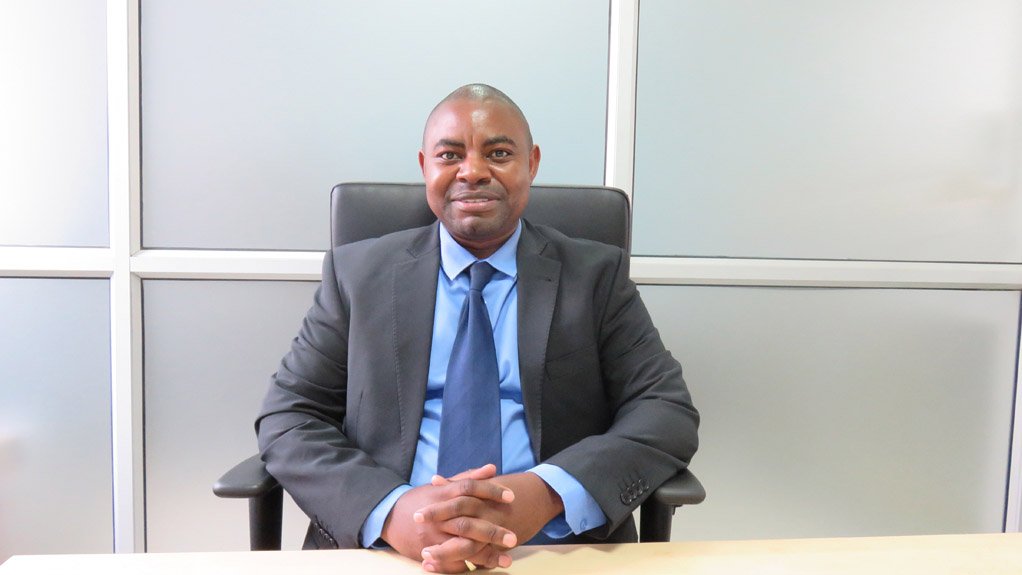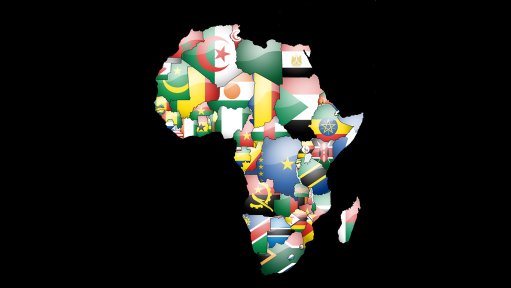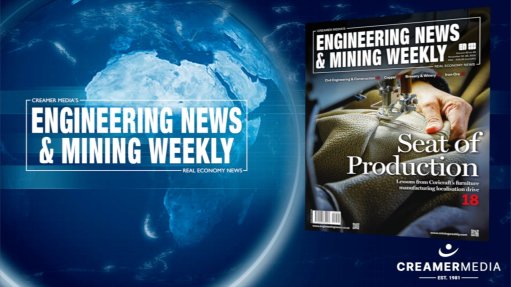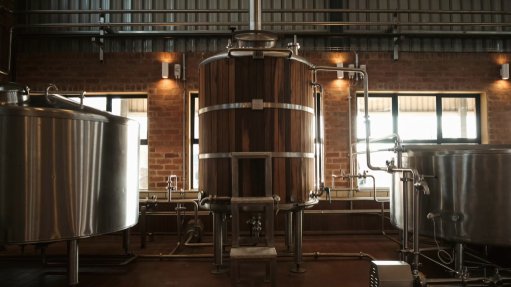Zambia facing challenges, but there is hope


VICTOR SITABULE The cost of power in Zambia forms a large part of a mine’s production costs
Copper-rich Zambia’s mining industry challenges, such as a lack of transparency regarding its tax regime, have had significant negative macroeconomic impacts on the country’s economy. However, with the implementation of the country’s new tax regime, it is hoped that this challenge and others can be overcome, says global professional services firm KPMG.
KPMG Zambia audit partner Victor Sitabule tells Mining Weekly that the positive sliding-scale mineral royalty tax (MRT) is the result of mining companies’ working with the country’s government to discuss their tax regime concerns in an open dialogue. Among these companies are Canadian miner Barrick Gold, which operates the Lumwana mine, and London-listed Glencore, which operates Mopani Copper Mines (MCM).
The MRT system was introduced on June 1 and aligns taxes to copper prices. When the copper price is below $4 500/t, mining companies will pay 4% in government royalties. If the copper price is between $4 500/t and $6 000/t, mines will pay a royalty tax of 5% and, if the price is higher than $6 000/t, mines will pay a 6% royalty rate.
“Mining houses had difficulty pursuing operations with the MRT at 9% for opencast mining and 6% for underground mining operations,” Sitabule adds.
Zambia’s mining industry accounts for more than 86% of its foreign direct investment (FDI), with annual fluctuating tax regime levies having negatively impacted on FDI.
Zambia’s copper production rose by 8% to 368 371 t in the first six months of this year, from 340 510 t in the same period last year, according to a Reuters report last month.
The report states that full-year copper production in the country is expected to rise by 5.4% to 750 000 t this year, from the 711 515 t produced last year.
Sitabule says investors showed signs of reduced confidence in the continual investment and development of the country. A World Bank report published in April states that Zambia’s growth in 2015 fell to an estimated 3%, compared with 4.9% in 2014, following a six-year low in copper prices, increasing power outages and El Niño-related poor harvests.
The report explains that growth is expected to remain about 3% this year, subject to the 2016 harvest, the mining industry’s reaction to softer copper prices and the stabilisation of the power situation.
Meanwhile, Zambia’s State-run power company Zesco’s looming power supply deficit, owing to drought, has largely contributed to the decreasing copper production, as restrictions on electricity use are preventing mines from operating at full capacity.
Zambia has been experiencing fluctuating daily power cuts, owing to low water levels at its Kariba dam, since July 2015. This has caused State-owned entity Zambezi River Authority (ZRA) to restrict the water allocation for hydroelectric power generation.
Sitabule notes that, in terms of the current load-shedding crisis, Zambia is seeking tenders for the development of solar power projects in the country.
He explains that mines have suspended operations in response to the power supply deficit, shutting down shafts, which has subsequently resulted in employee reductions. Zambia’s mines currently have access to about 70% of their required power needs and the short fall is sourced through the Southern African Power Pool (SAPP).
Zesco reported in May that it managed to reduce the power deficit from 1 000 MW to below 500 MW, while South Africa’s State-owned power utility Eskom agreed in January to provide as much as 300 MW of off-peak electricity to the country.
“Power sourced from SAPP comes at a high price. The cost of power forms a large part of a mine’s production costs, which will further increase if SAPP electricity is used,” Sitabule explains.
The Zambian government projects that the country’s copper production levels will increase by more than one-million tons in the next three to four years if copper prices rebound, although Sitabule says the current power supply challenges makes this projection unlikely.
Opportunities
The first opportunity that Sitabule outlines is global diversified mining and marketing company Glencore’s plan to invest $1.1-billion in MCM from 2016 to 2018 to sink three copper mine shafts. This development is expected to increase the mine’s life span by an estimated 25 years.
Agriculture is not fully taken advantage of in Zambia, he adds. The country’s 2016 budget has dedicated funds to diversify away from mining, thereby lessening Zambia’s reliance on this sector.
According to Zambian nonprofit organisation the Agricultural Indaba Policy Research Institute, the 2016 budget for the agriculture sector includes plans to increase areas under irrigation by 5 000 ha, establish additional livestock breeding centres and become self-sufficient in fish production by 2018.
Although Zambia is a landlocked country that imports more than it exports, Sitabule is positive that huge strides will be made in the agriculture sector, as he believes that the country can expand this industry through exports.
Further, the Zambia Development Agency facilitates economic growth and development, with investment licences affording incentives to investors, depending on the sum invested.
Sitabule denotes that incentives such as duty-free taxes have the ability to stimulate investment, in not only agriculture or mining but also the country as a whole.
Article Enquiry
Email Article
Save Article
Feedback
To advertise email advertising@creamermedia.co.za or click here
Comments
Press Office
Announcements
What's On
Subscribe to improve your user experience...
Option 1 (equivalent of R125 a month):
Receive a weekly copy of Creamer Media's Engineering News & Mining Weekly magazine
(print copy for those in South Africa and e-magazine for those outside of South Africa)
Receive daily email newsletters
Access to full search results
Access archive of magazine back copies
Access to Projects in Progress
Access to ONE Research Report of your choice in PDF format
Option 2 (equivalent of R375 a month):
All benefits from Option 1
PLUS
Access to Creamer Media's Research Channel Africa for ALL Research Reports, in PDF format, on various industrial and mining sectors
including Electricity; Water; Energy Transition; Hydrogen; Roads, Rail and Ports; Coal; Gold; Platinum; Battery Metals; etc.
Already a subscriber?
Forgotten your password?
Receive weekly copy of Creamer Media's Engineering News & Mining Weekly magazine (print copy for those in South Africa and e-magazine for those outside of South Africa)
➕
Recieve daily email newsletters
➕
Access to full search results
➕
Access archive of magazine back copies
➕
Access to Projects in Progress
➕
Access to ONE Research Report of your choice in PDF format
RESEARCH CHANNEL AFRICA
R4500 (equivalent of R375 a month)
SUBSCRIBEAll benefits from Option 1
➕
Access to Creamer Media's Research Channel Africa for ALL Research Reports on various industrial and mining sectors, in PDF format, including on:
Electricity
➕
Water
➕
Energy Transition
➕
Hydrogen
➕
Roads, Rail and Ports
➕
Coal
➕
Gold
➕
Platinum
➕
Battery Metals
➕
etc.
Receive all benefits from Option 1 or Option 2 delivered to numerous people at your company
➕
Multiple User names and Passwords for simultaneous log-ins
➕
Intranet integration access to all in your organisation



















